If you are looking for a different way to treat mild-to-moderate eczema for you or your child at 3 months of age and older, ask your physician if steroid-free STAQUISTM may be right for you.
What is eczema?
- Eczema is a condition that can occur all over the body and may look different on different people1
- Symptoms can include itchy and dry skin leading to scratching which can make the skin red and chafed2
Eczema may look different on different people:3
- Wrist
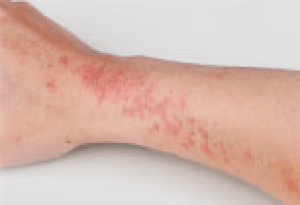
- Face
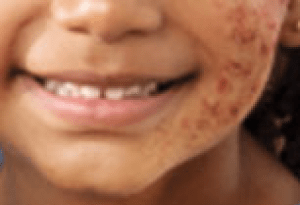
- Legs
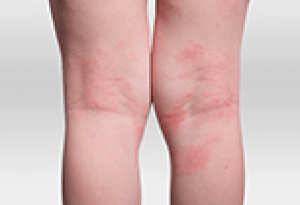
- Stomach
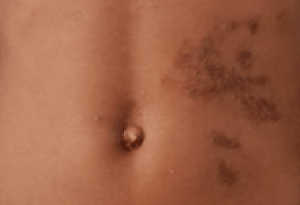
Not actual STAQUISTM patients. Photos to illustrate mild-to-moderate eczema.
Symptoms include:4
- Rashes anywhere on the body which can ooze, weep fluid and bleed when scratched
- Dry skin
- Discoloured with red/ brown patches of skin
- Thickening, hardening and damage to skin due to repeated scratching
For infants and children:
Eczema usually occurs on the scalp, knees, elbows and cheeks.2
For adults:
Eczema typically appears on the creases of wrists, elbows, knees, ankles, face and neck.2
What causes eczema?
- Genetic factors:
- If you have a parent with eczema, you may be more likely to develop eczema5
- External factors:
- There are also a number of external causes that may trigger your eczema symptoms and can vary from person to person5
Some common causes that may set-off eczema in some people:
What is PDE4 and its relation to eczema?
Phosphodiesterase 4 (PDE4) is an enzyme that helps regulate inflammation in your body.6
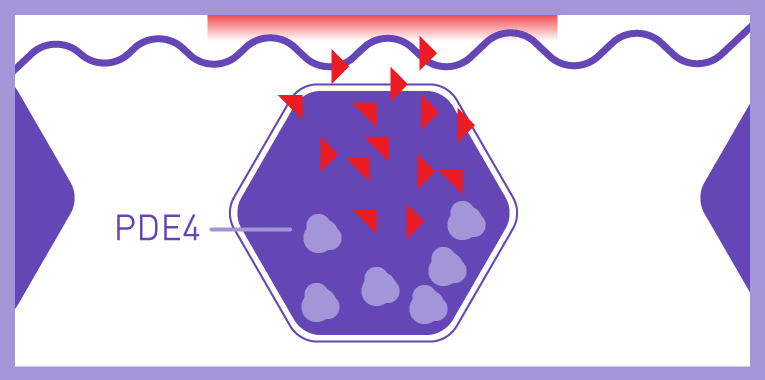
When you have eczema, PDE4 enzymes may be overactive in your skin cells. This can lead to inflammation in your skin.6
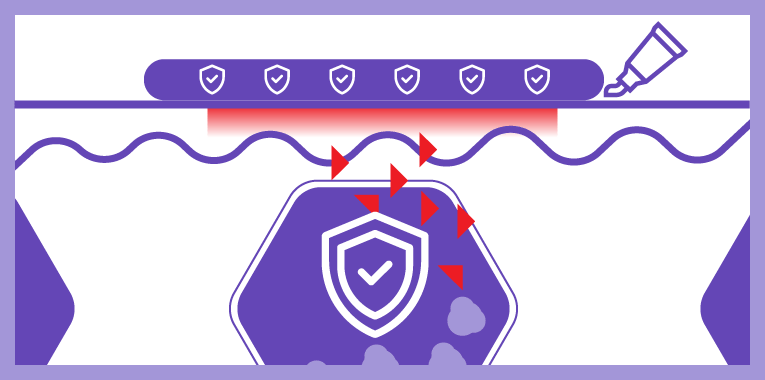
Although the specific way STAQUISTM works is not well defined, science shows us that it works by blocking overactive PDE4 enzymes within the skin cells. Blocking PDE4 is believed to reduce inflammation related to eczema.6,7





